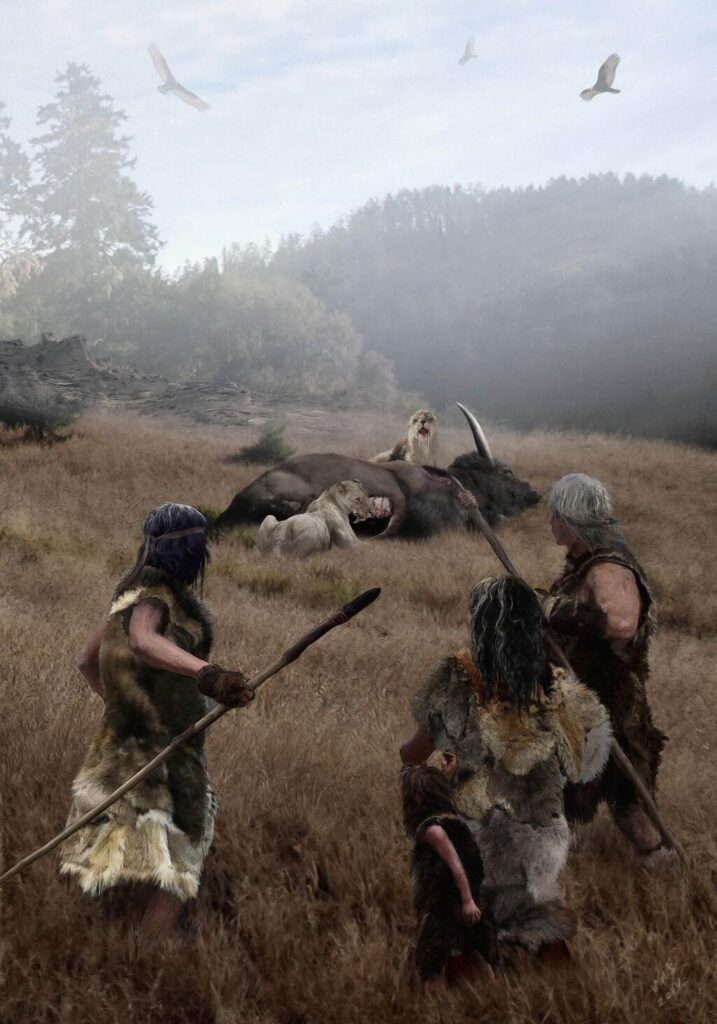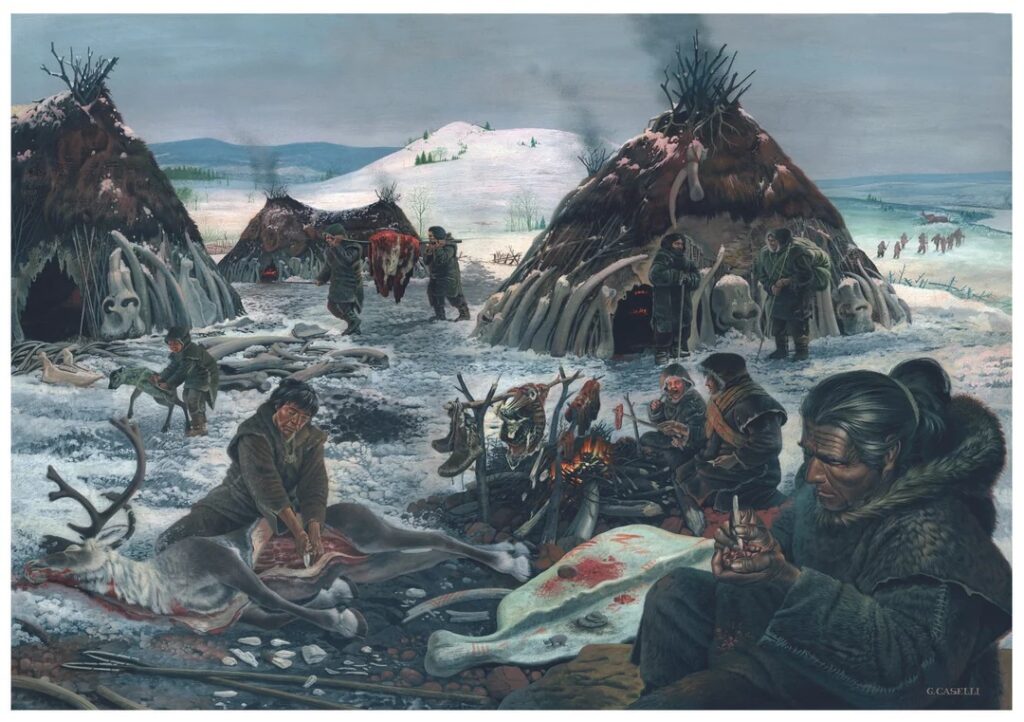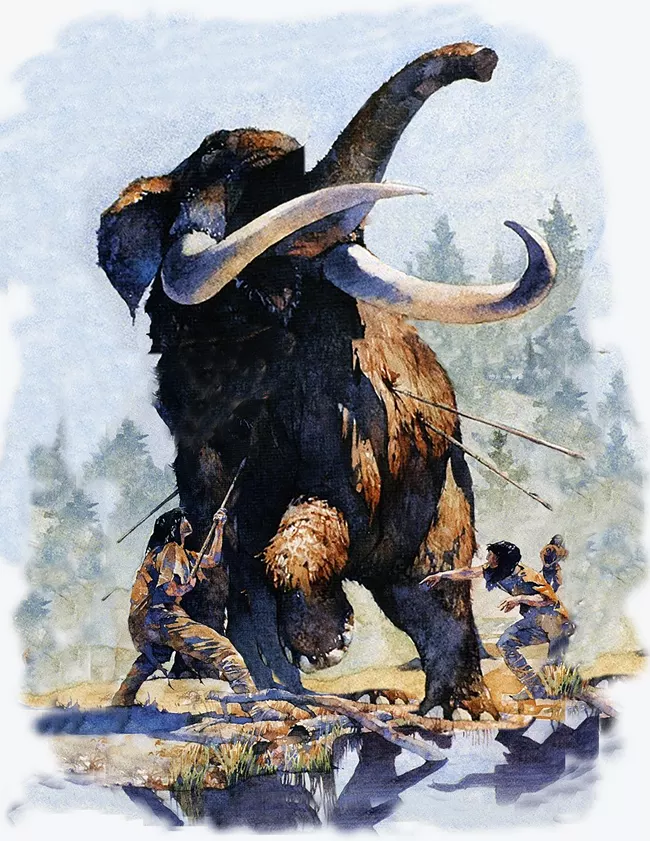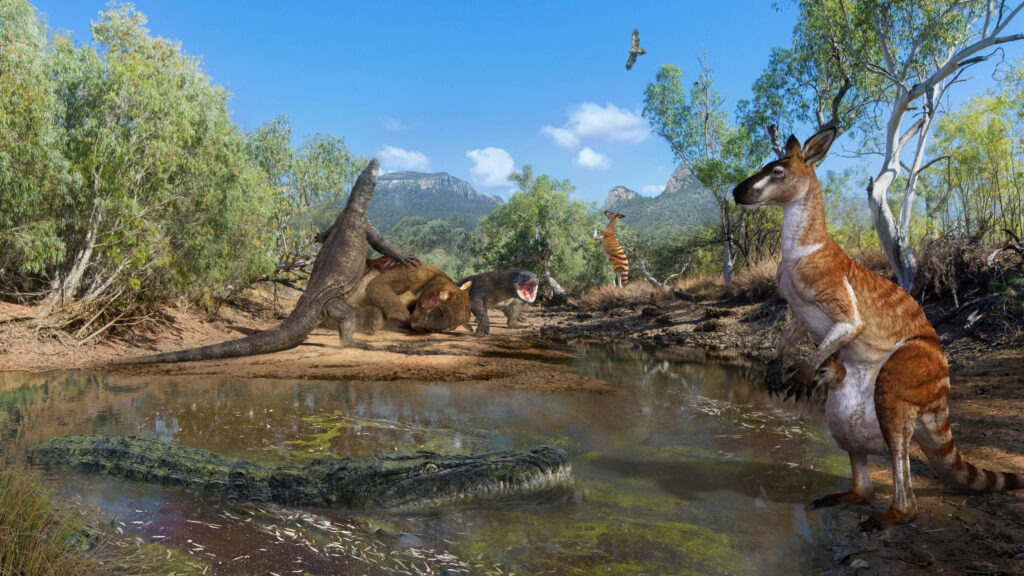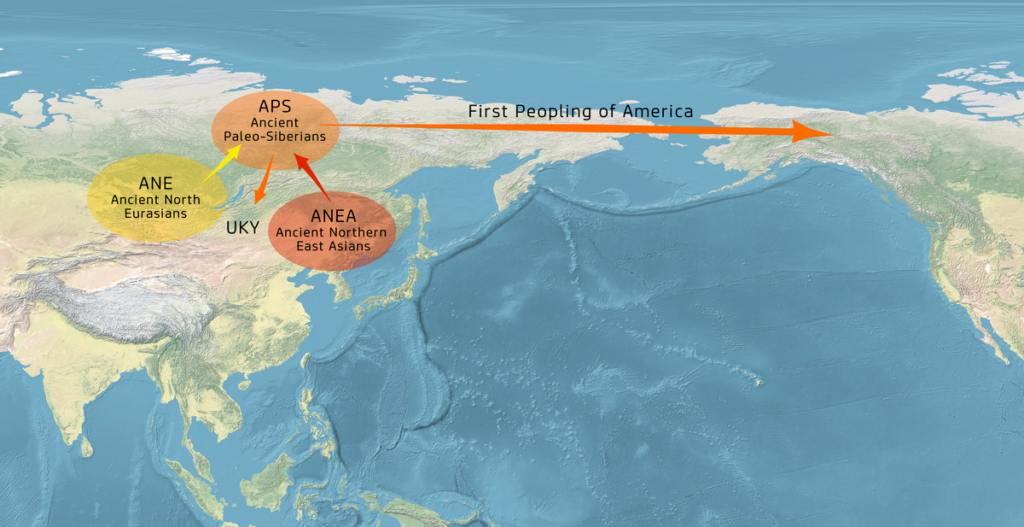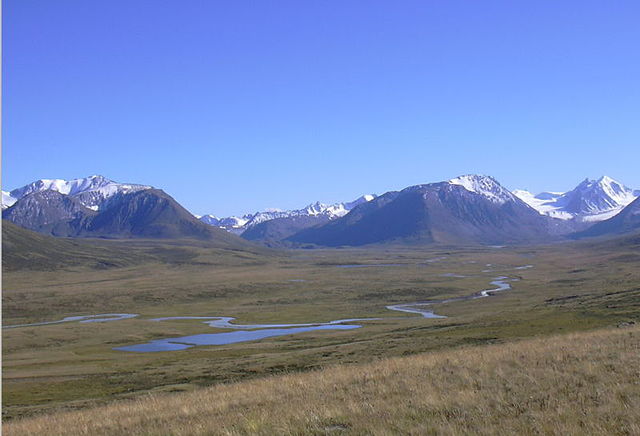Settling the Extinction Debate Part 2: Biogeography and the Human Onslaught
In the first section of this three part series, we examined the background and defining characteristics of the Late Quaternary Extinctions and explored the nuances of climate change and ecology. In doing so, we showed that the support for climate as the central driver of the disappearance of so many species over the past few […]
